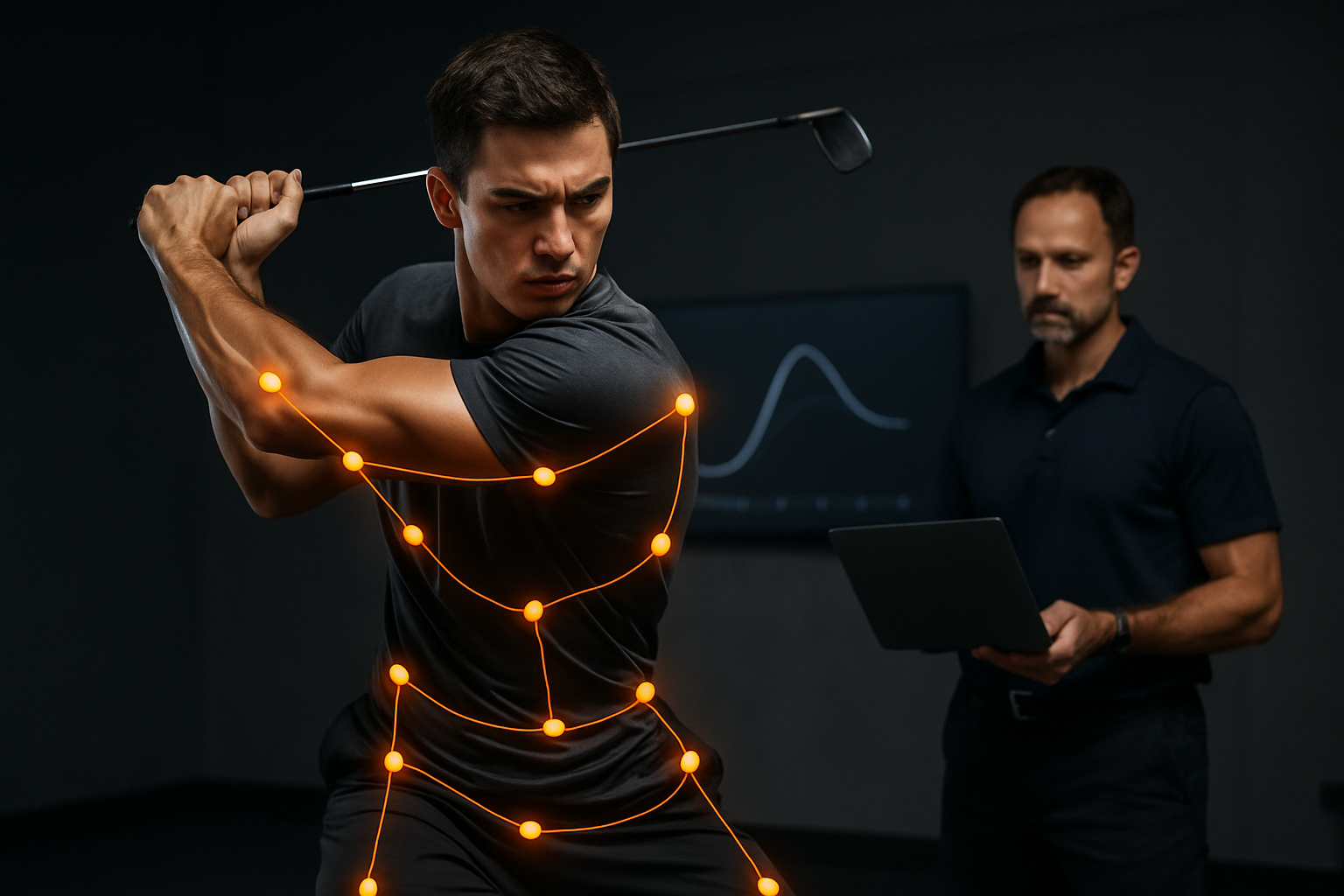Virtual Reality's Untapped Potential in Athletic Training
From high-tech treadmills to motion capture suits, athletes have long embraced cutting-edge technology to enhance their performance. But one innovation stands poised to revolutionize sports training like never before: virtual reality. As VR technology advances, its applications in athletic preparation are expanding rapidly, offering new ways to hone skills, analyze performance, and push the boundaries of human potential.

Leaps in Technology Drive Innovation
Recent years have seen exponential growth in VR capabilities, driven by advancements in motion tracking, haptic feedback, and graphics processing. High-fidelity VR systems now offer unprecedented levels of immersion, allowing athletes to experience virtual environments that closely mimic real-world conditions. This leap in technology has opened the door to more sophisticated training applications, from perfecting golf swings to rehearsing complex football plays.
Beyond Visualization: Physical Skills in Virtual Space
While mental preparation remains a crucial aspect of VR training, the technology’s true potential lies in its ability to help athletes develop and refine physical skills. Advanced motion capture systems can now track an athlete’s movements with millimeter precision, providing instant feedback on form and technique. This real-time analysis allows for rapid iteration and improvement, accelerating the learning process for everything from free throws to figure skating jumps.
Simulating the Impossible
One of VR’s most exciting prospects is its ability to create training scenarios that would be impossible or impractical in the real world. Imagine a quarterback practicing against an endless variety of defensive formations, or a skier tackling a mountain course customized to their specific weaknesses. Virtual reality allows coaches to design bespoke training regimens that push athletes to their limits without the constraints of physical logistics or safety concerns.
The Psychological Edge
Beyond its physical applications, VR is proving to be a powerful tool for mental conditioning. By immersing athletes in high-pressure virtual scenarios, trainers can help them develop crucial psychological skills like focus, composure, and decision-making under stress. This mental resilience can make the difference between victory and defeat in the heat of competition, giving VR-trained athletes a significant edge over their peers.
Challenges and Controversies
Despite its promise, the integration of VR into athletic training has not been without controversy. Critics argue that virtual environments can never fully replicate the nuances of real-world performance, potentially leading to a disconnect between training and actual competition. There are also concerns about the long-term effects of extensive VR use on an athlete’s perception and motor skills, with some experts calling for more research into potential negative impacts.
The Future of Athletic Excellence
As VR technology continues to evolve, its role in sports training is likely to expand dramatically. We may soon see entire training facilities dedicated to virtual reality, with athletes spending as much time in digital environments as they do on physical fields or courts. The line between virtual and real-world training will blur, creating new paradigms for athletic development and pushing the boundaries of human performance to unprecedented heights.
A New Era of Sports Science
The integration of VR into athletic training represents more than just a technological trend; it signals a fundamental shift in our approach to sports science. By combining the immersive power of virtual reality with advanced data analytics and biomechanical research, we are entering a new era of precision training. This holistic approach promises to unlock new levels of athletic achievement, potentially rewriting record books across all sports.
Democratizing Elite Training
One of the most exciting aspects of VR in sports is its potential to democratize access to elite-level training. As the technology becomes more affordable and accessible, athletes from all backgrounds will have the opportunity to benefit from cutting-edge training techniques once reserved for professionals. This democratization could level the playing field in competitive sports, uncovering hidden talent and fostering a new generation of athletic excellence.





